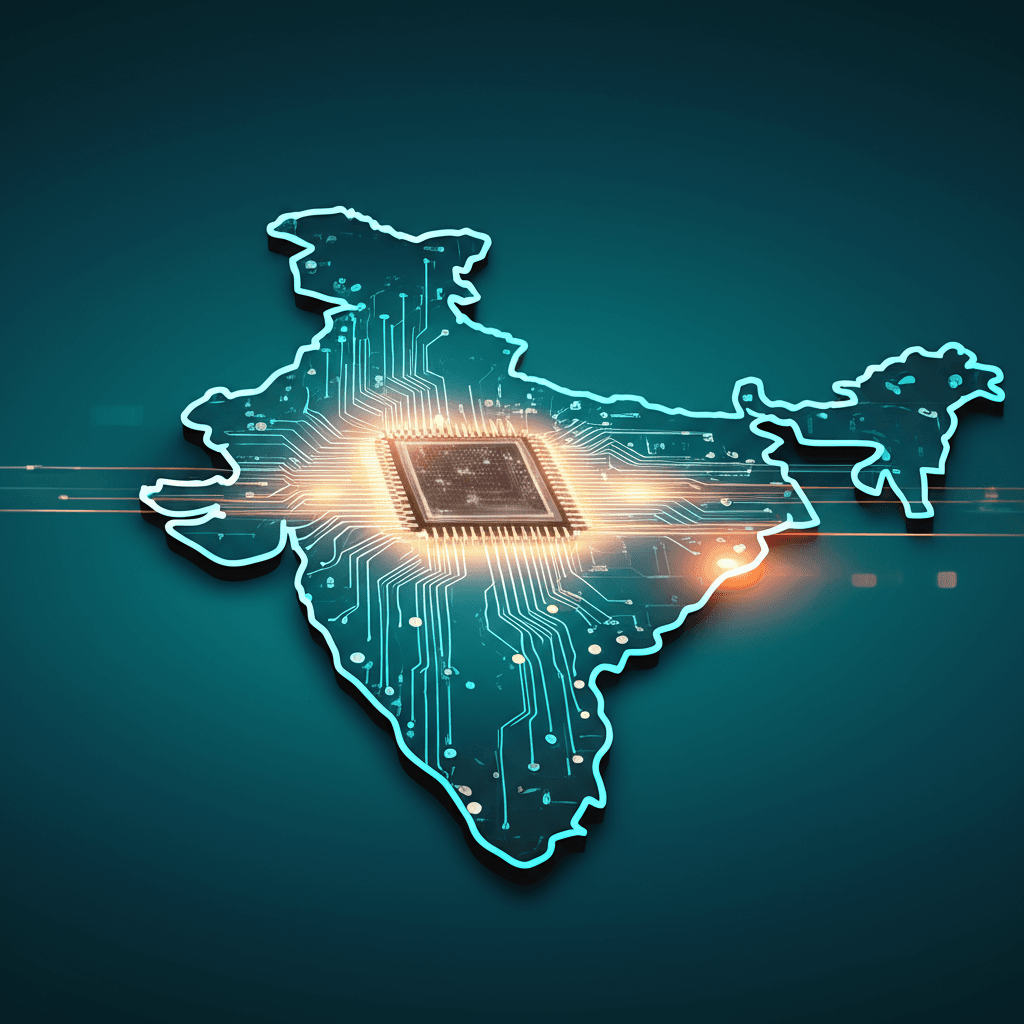India Revolutionizes Tax Services with AI-Powered PAN 2.0 Platform
India's PAN 2.0: A ₹792 crore AI-powered digital overhaul to unify and enhance tax services for citizens.
August 8, 2025

LTIMindtree, a global technology consulting and digital solutions company, has secured a significant contract from the Central Board of Direct Taxes (CBDT) in India to overhaul the country's Permanent Account Number (PAN) infrastructure.[1][2][3] The project, valued at approximately ₹792 crore, aims to create a next-generation, unified platform for all PAN and Tax Deduction and Collection Account Number (TAN) services.[1][4][2] With a targeted rollout within the next 18 months, this initiative, dubbed PAN 2.0, is poised to introduce an end-to-end digital AI ecosystem, fundamentally transforming the lifecycle of PAN services for millions of Indian taxpayers.[5][6][7] This move is part of the Indian government's broader vision for e-governance and the creation of a robust digital public infrastructure.[1][8]
The core of this ambitious project is the development of a comprehensive digital platform that will serve as the technology backbone for all PAN and TAN related activities.[1][2] LTIMindtree will be responsible for the design, development, implementation, and ongoing operation and maintenance of this new system.[5][9] The scope of the project is extensive, involving the complete digitization and automation of services. This includes online facilities for the application, validation, printing, and dispatch of PAN cards.[1][6] A key technological advancement will be the use of artificial intelligence for various processes. For instance, the migration of existing PAN data will be facilitated by AI-led deduplication to ensure data integrity.[2][7] Furthermore, there will be a secure integration with the Aadhaar data vault, a national biometric identity system in India.[2][7] The project also entails the establishment of significant new infrastructure, including a new data center, a disaster recovery site, a network operations center, and a security operations center to ensure the resilience and security of the new system.[2][10]
A major impetus for the PAN 2.0 project is the need to consolidate the currently fragmented service landscape. Presently, PAN-related services are distributed across multiple platforms, including the e-Filing Portal, the UTIITSL Portal, and the Protean e-Gov Portal.[5][9] This fragmentation can lead to a disjointed user experience and operational inefficiencies. The new unified platform aims to address these challenges by creating a single point of access for all PAN and TAN holders, which number over 81.24 crore and 73 lakh respectively.[5][9] This one-stop solution will handle a wide array of services, from the allotment and correction of PAN and TAN to Aadhaar-PAN linking and reissuance requests.[5][11] The centralization is expected to significantly improve service quality, streamline processes, and enhance the grievance redressal mechanism for taxpayers.[5][12] For the end-user, this translates to a more seamless and user-friendly experience, with the promise of free allotment, updates, and corrections, and the delivery of e-PANs directly to registered email addresses.[5][9]
The implications of this project extend beyond the modernization of tax infrastructure; it represents a significant step forward in India's digital transformation journey. The use of advanced technologies like AI is expected to bring about a paradigm shift in how government-to-citizen services are delivered.[1][7] The PAN 2.0 system is designed to move from a static record of a taxpayer to a dynamic platform that allows for real-time verification and can automatically flag inconsistencies, thereby improving the accuracy of taxpayer records and potentially helping in the early detection of financial irregularities.[13] The project also aligns with the government's objective, announced in the 2023 Union Budget, to use the PAN as a common business identifier across various government systems, which would enhance coordination and reduce administrative burdens for businesses.[14][11] For LTIMindtree, this project is a flagship opportunity to showcase its expertise in building resilient and future-ready digital public infrastructure and solidifies its position as a key player in the government technology sector.[15][10]
In conclusion, the awarding of the PAN 2.0 project to LTIMindtree marks a pivotal moment in the evolution of India's tax administration system. By leveraging artificial intelligence and consolidating disparate services into a single, user-centric platform, the initiative promises to enhance efficiency, transparency, and the overall experience for millions of citizens and businesses. The 18-month timeline for this comprehensive digital overhaul underscores the urgency and commitment to advancing India's e-governance capabilities. The successful implementation of this project is expected to not only streamline PAN and TAN services but also set a new benchmark for large-scale digital transformation projects within the public sector, further cementing the role of technology in modern governance.